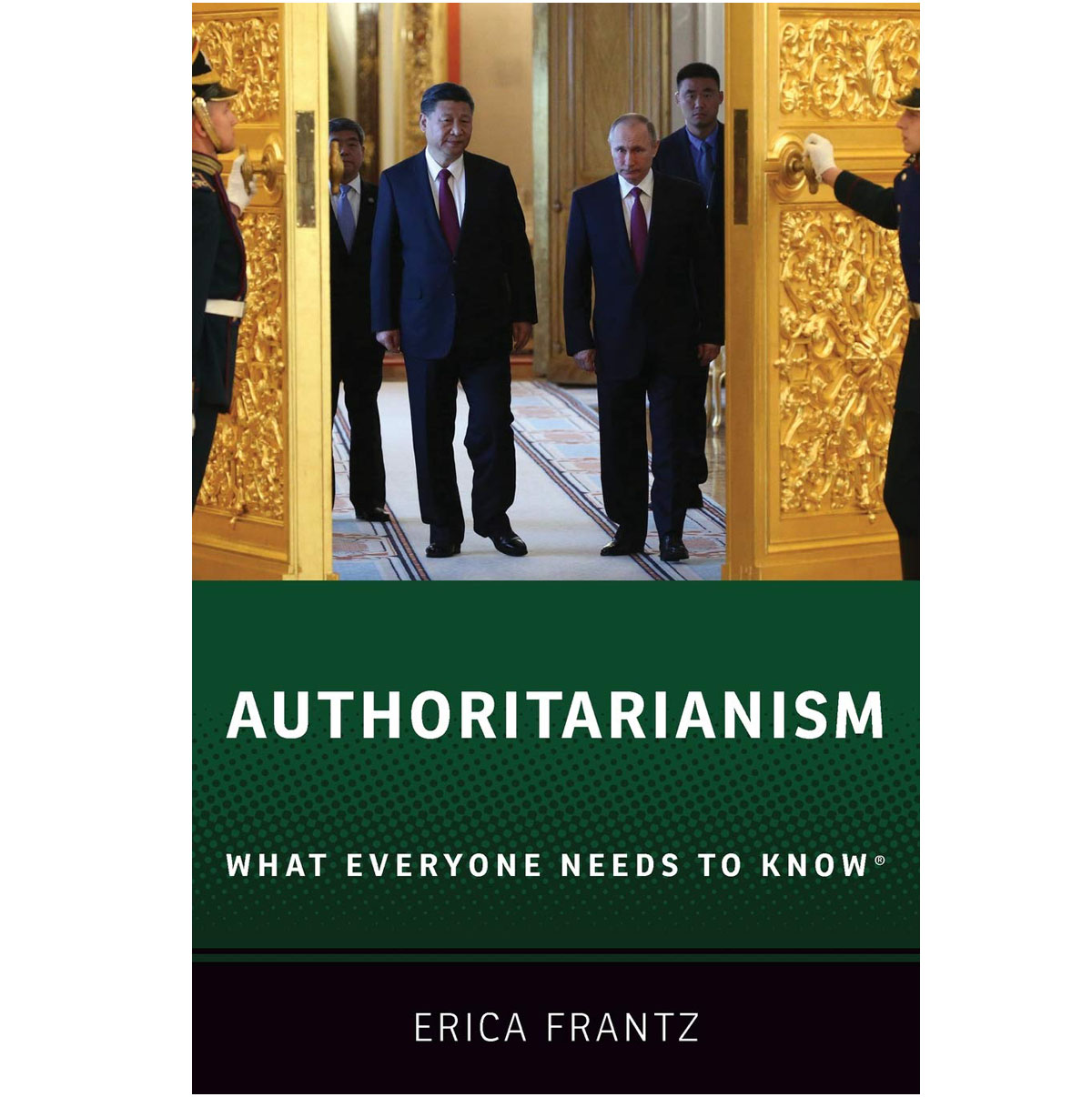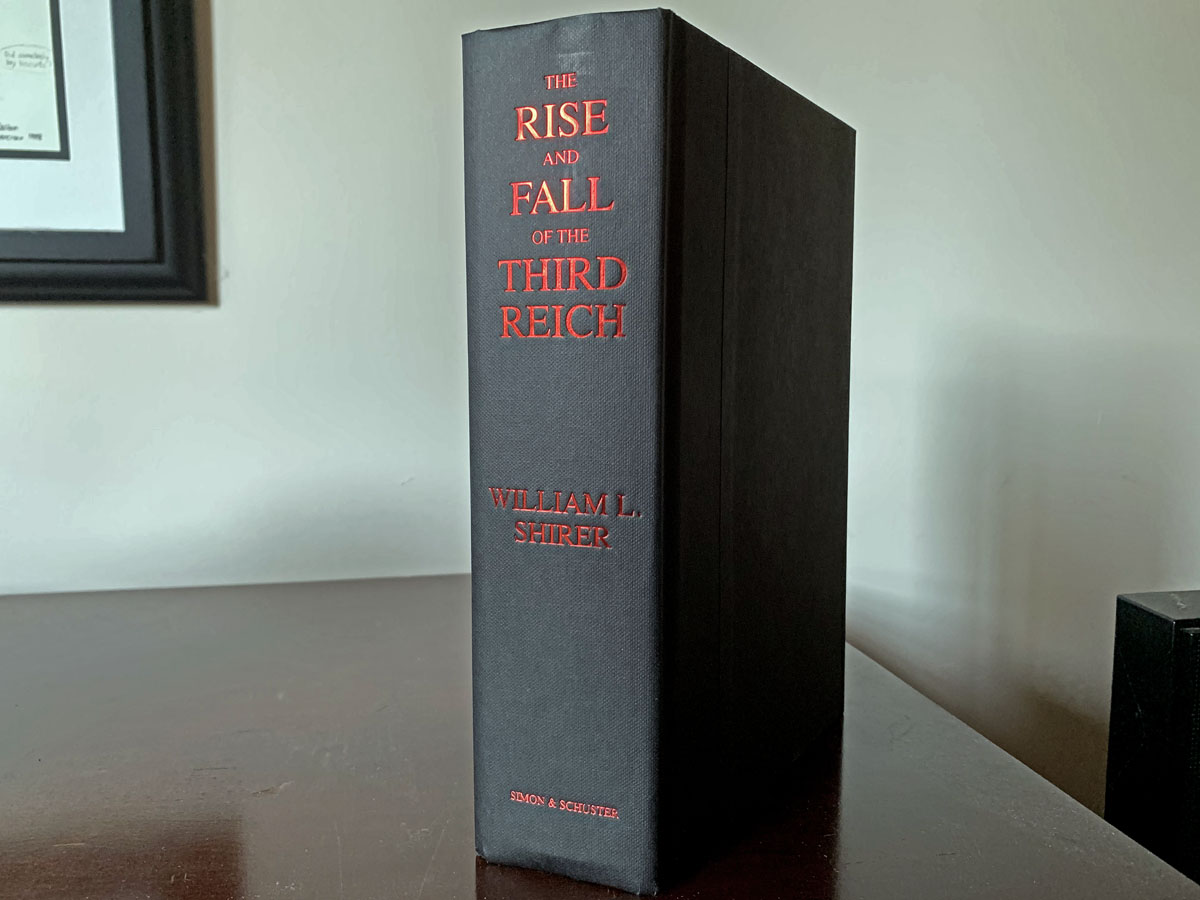Germany today: Hamburg, Nov. 12, 2017
I have only about 150 pages to go in William Shirer’s The Rise and Fall of the Third Reich. I just finished reading the horrifying chapter on the atrocities of the Nazis. Shirer also describes what the Nazis had in mind, had they won the war. They would have established a vast slave empire and police state reaching all the way from France and Great Britain to Russia. Having already exterminated millions during the war, millions more would have been exterminated. Everyone who survived, including the French and the British, would have been enslaved to the Germans, given enough only to subsist, with no rights to speak of.
But consider Germany today. While the American democracy is hanging by a thread under the depraved Donald Trump and the now-dangerous Republican Party, Germany is a model of how the world could be. Germany’s chancellor, Angela Merkel, is now often referred to as the leader of the free world. Trump and the Republican Party literally are trying to turn the United States into Russia — authoritarian, lawless except for police in the streets, looted by, owned by, and run by, the extremely rich.
We Americans need to study Germany. First, we need to study what Germany was at its worst. There probably is no better single source than The Rise and Fall of the Third Reich. Then we need to study what Germany is today. There we will find a roadmap for what we Americans must do once the Republican Party is put out of power.
As I see it, Germany’s case affirms what I as a liberal American see as the object of our political struggle. That is that the answer to America’s biggest problems — whether inequality, poverty, poor health, racism, appalling ignorance, and even gun violence — is the same single answer. That is the enactment of the entire liberal project, in which the destination is democratic socialism, equality under the law, the redistribution of wealth downward instead of upward, a highly regulated economy that emphasizes shared prosperity rather than elite profit, a real commitment to real (and free or affordable) education from childhood to university, and fixes in our laws and Constitution that have allowed corrupt, oligarchic, anti-democracy forces to gain control. That we as Americans can’t afford these things is one of the many lies that prevent our having them. America is outrageously rich, and that wealth is produced by all Americans, not by our untaxed lords-of-the-universe CEOs. All must share in that wealth. Germany and the other socialist democracies prove the case. When polls ask Americans what they want, once you strip away all the loaded words such as “socialist,” what Americans want is to be like Denmark. Or Germany.
Had Hitler won the war and established his vast slave empire and police state, it could not have lasted. The people of Europe, including the Germans, would not have put up with it for long.
Having almost finished this history of Germany (from about 1930 to 1946), I find that I very much want to know what happened next in Germany. I know that it was bleak in Germany for many years after Hitler, not least because I lived through the Cold War. Russia went one way, of course, and the NATO allies went another. I used to listen to Soviet propaganda from Radio Moscow on shortwave radio. I also listened to Radio Deutsche Welle. (Both Radio Moscow and Deutsche Welle broadcast in English, with stations aimed at the United States.) And there was the BBC World Service, as there is now. I knew as a young American who would have been sent to Vietnam, had my date of birth not drawn a high number in the lottery, that what had happened, and was happening, in Europe mattered. But it was all so complicated, and I knew far too little history. But I was learning.
I have never been to Germany. After this book, I now find that I would like to see the rebuilt Berlin. As a old pagan, I wouldn’t give two pfennigs for all the churches in the world (except for the Gothic cathedrals). Rather, it’s to the concert halls that one goes to be immersed in what is best in European culture, and Germany has a fine new one, at Hamburg. I’m guessing that Germans today might have a lot of interesting advice for us Americans, if we Americans care to go there and get it. I am guessing that Germans are quite rightly proud of what they have accomplished, not only since Hitler, but also since they pulled down the wall.
In any case, I find that I feel that I don’t greatly blame the Germans for Hitler. They should have known better, certainly, and some resisted, though they were cowed. But there are just two many examples from all over the world of what happens when a certain kind of people gain power, as Trump and his base have done in the United States. It would seem to be a way of being to which all human societies everywhere are susceptible. It is authoritarianism, the will to dominate, the need to scapegoat, a strange tolerance for — even an attraction to — cruelty and violence, an uncaring attitude toward unfairness and injustice, a worshipful devotion to the purity of ideologies (or theologies), a susceptibility to being deceived and for deceiving oneself. The degree of fanaticism varies, as does the level of power these people acquire. But they are the same people, and today they are 25 to 30 percent of the American population. There are still such people in Europe, to be sure. But they are outnumbered. They usually are outnumbered. But the defects of their character leads them to play dirty. Part of the purpose of laws and constitutions is to keep such people out of power as the minority they are. If the time ever comes when the majority of people truly want to subsist in a slave empire and police state, then by all means let’s have it. But that won’t happen, because a democracy with the support of the majority doesn’t have to be a police state, just as a failed democracy without the support of the majority has to be a police state, if there is to be the law and order that authoritarians love so much: lawlessness and loot for them in their palaces, à la Putin and Trump, and law and order for the rest of us, with jackboots in the streets.
How strange — and encouraging — it is that, having almost finished with this book about Germany, the Germany of today is something very different. I’d pack my bags for a visit today, but Americans aren’t allowed in, owing to authoritarian, ideological, know-nothing misgovernance. And anyway my cat wouldn’t let me go. But I will get there.
Update: As a minority, these crazies will always be with us. Just this morning, the New York Times posted this story on far-right activities in Germany. Note the references not only to Trump, but also to Russia.











